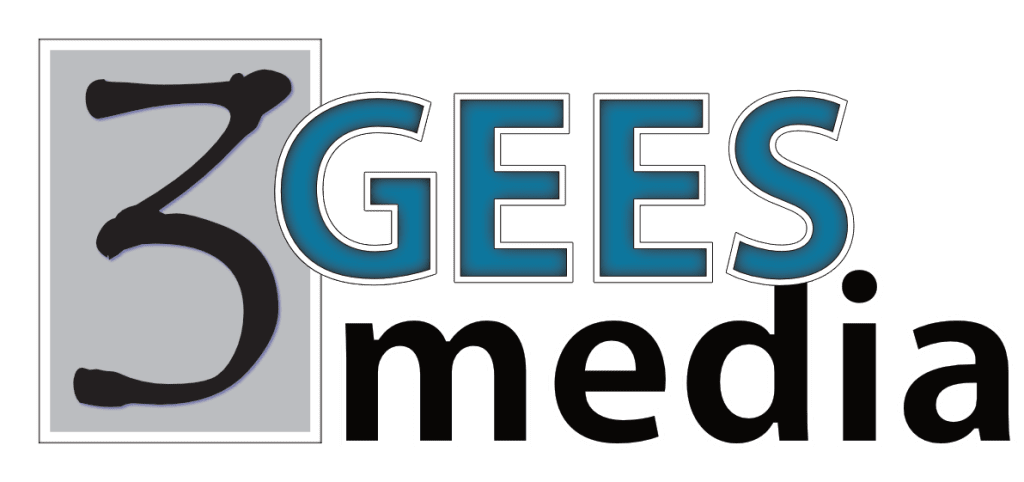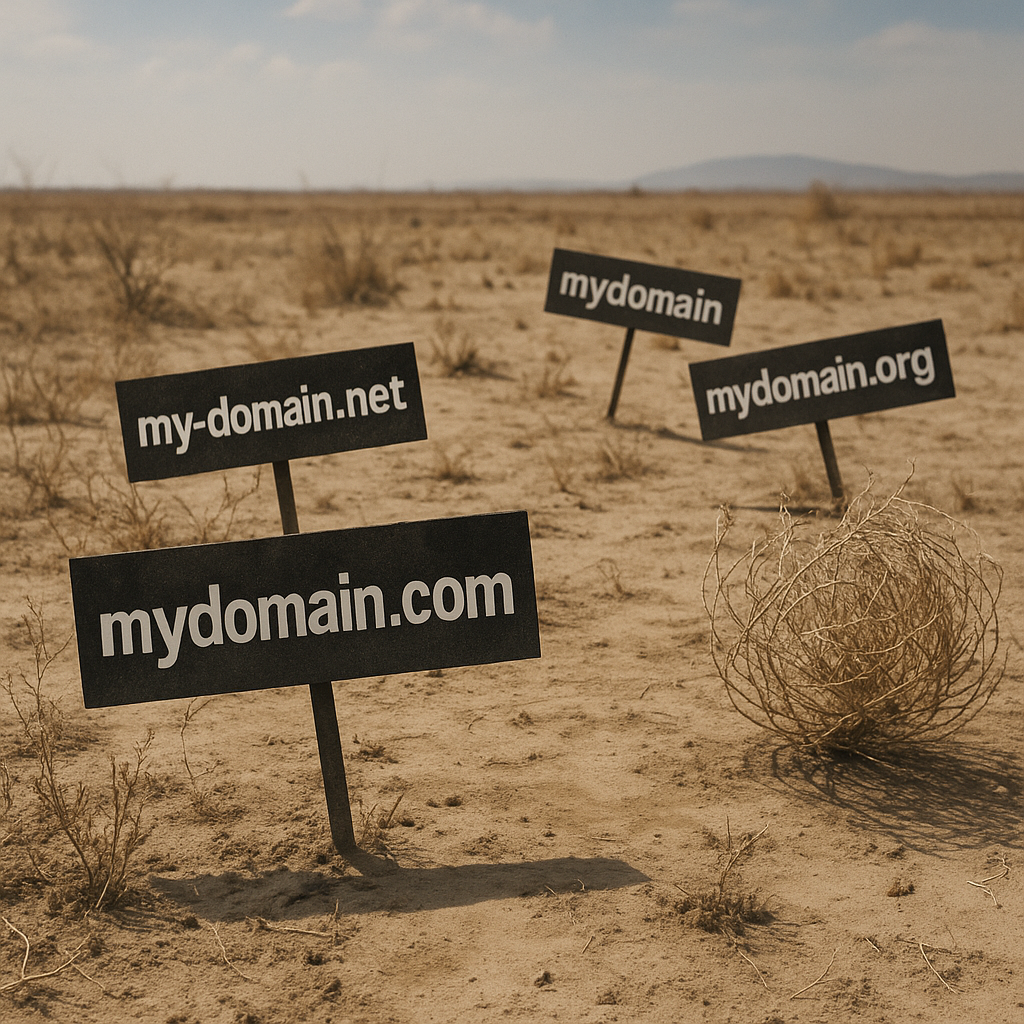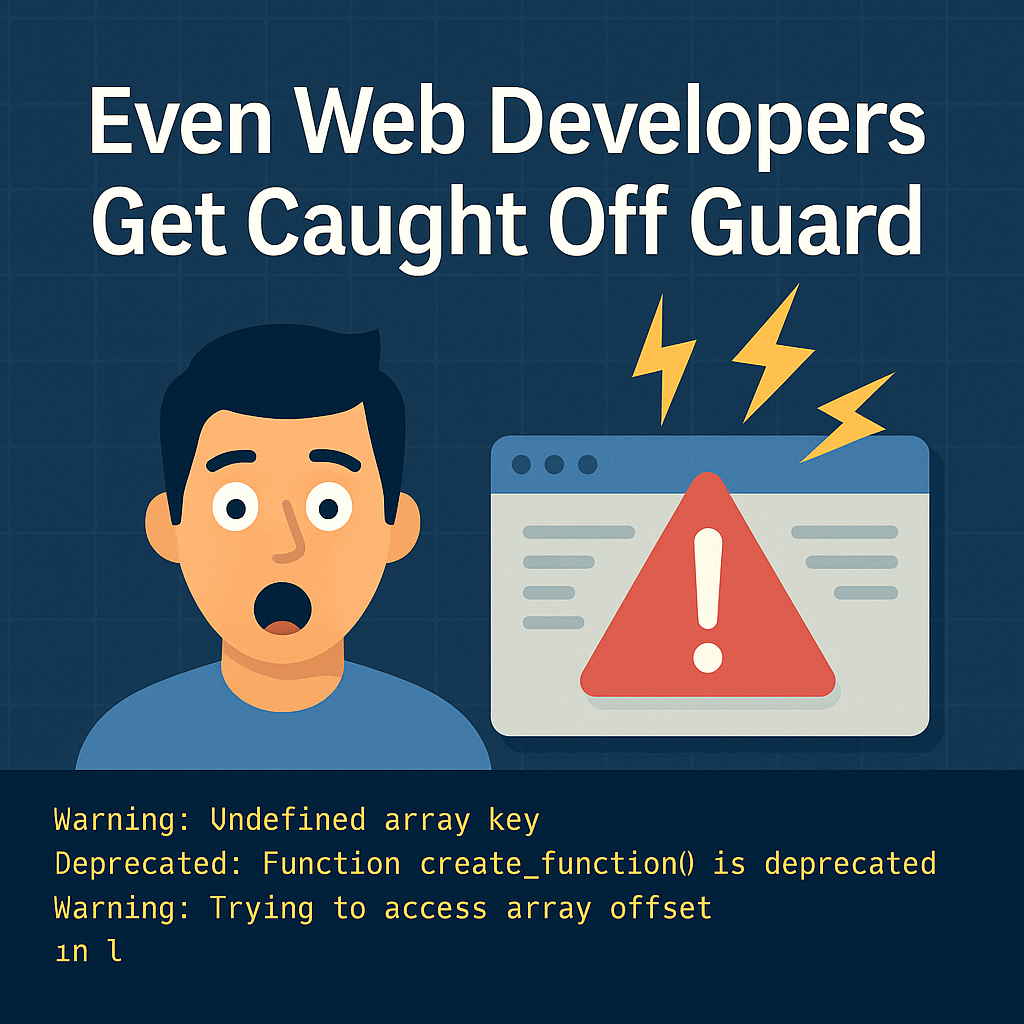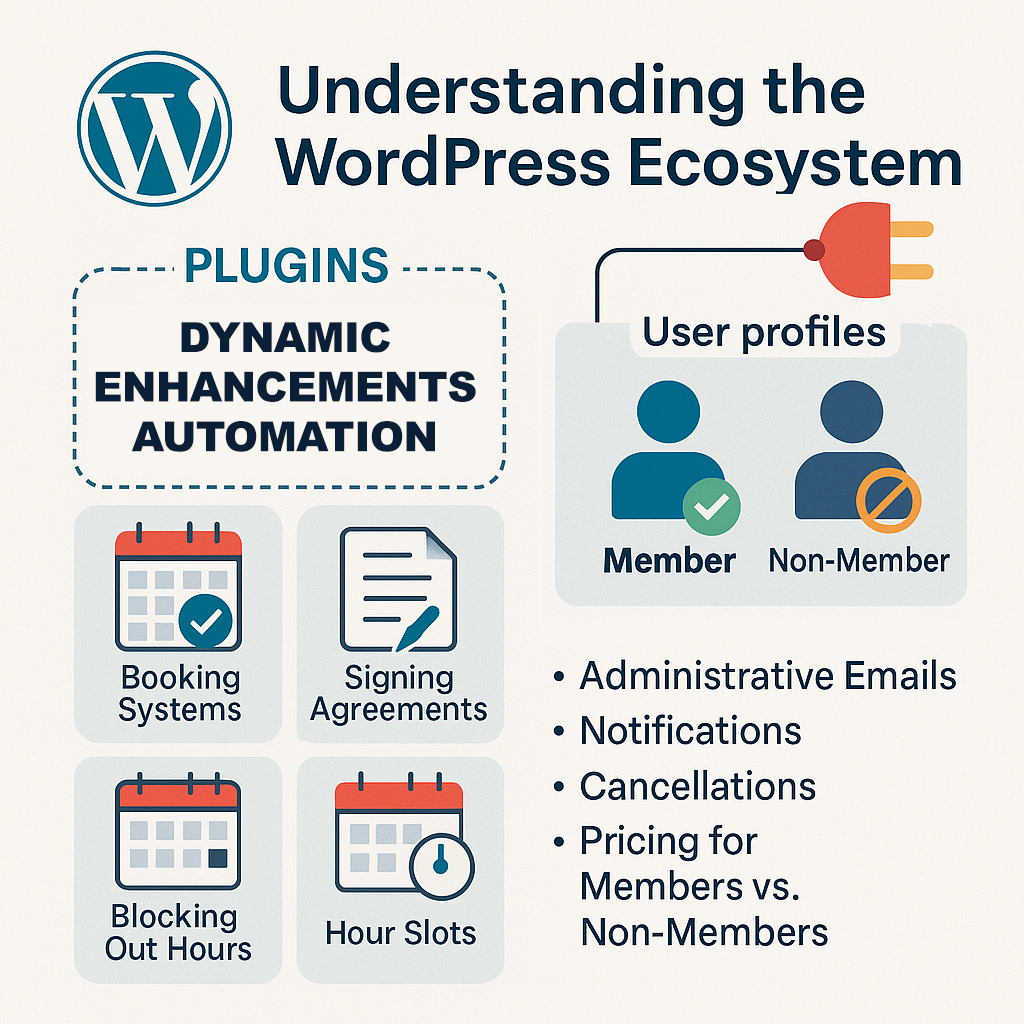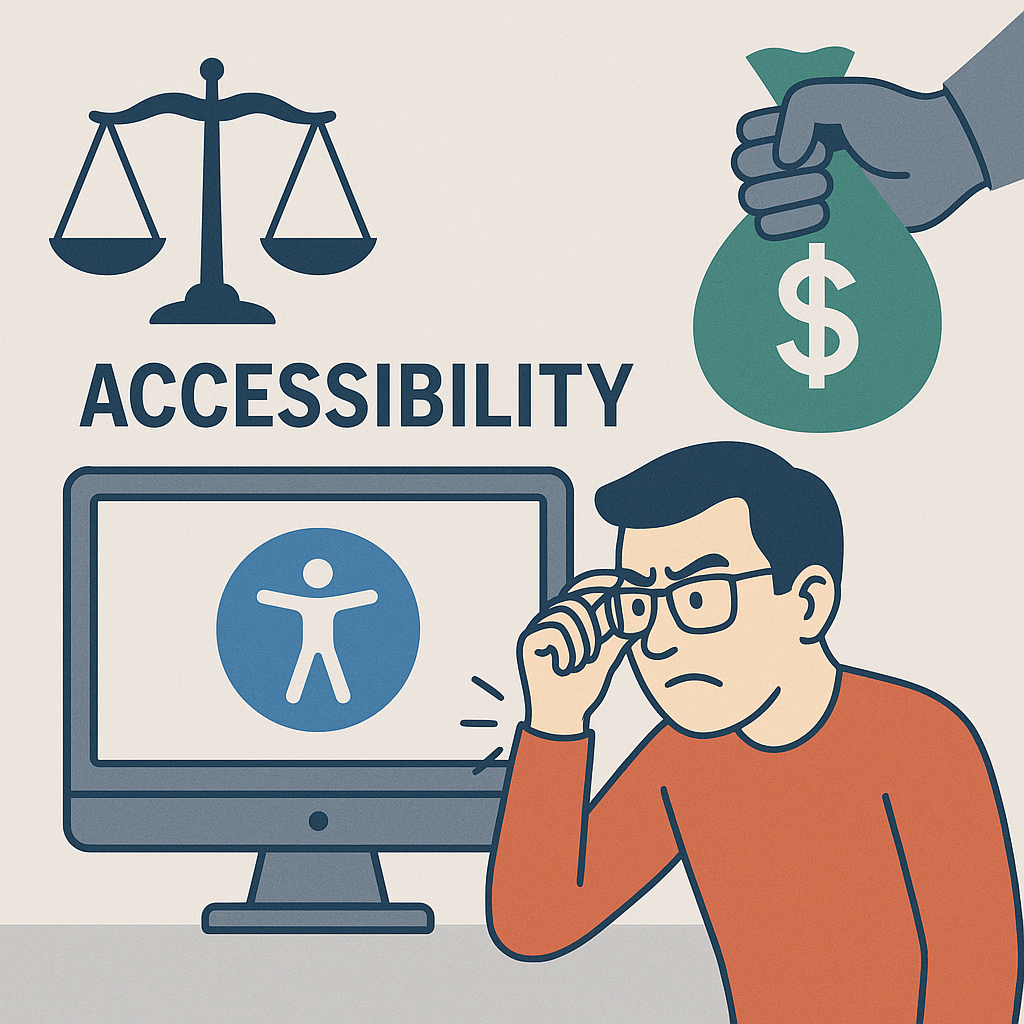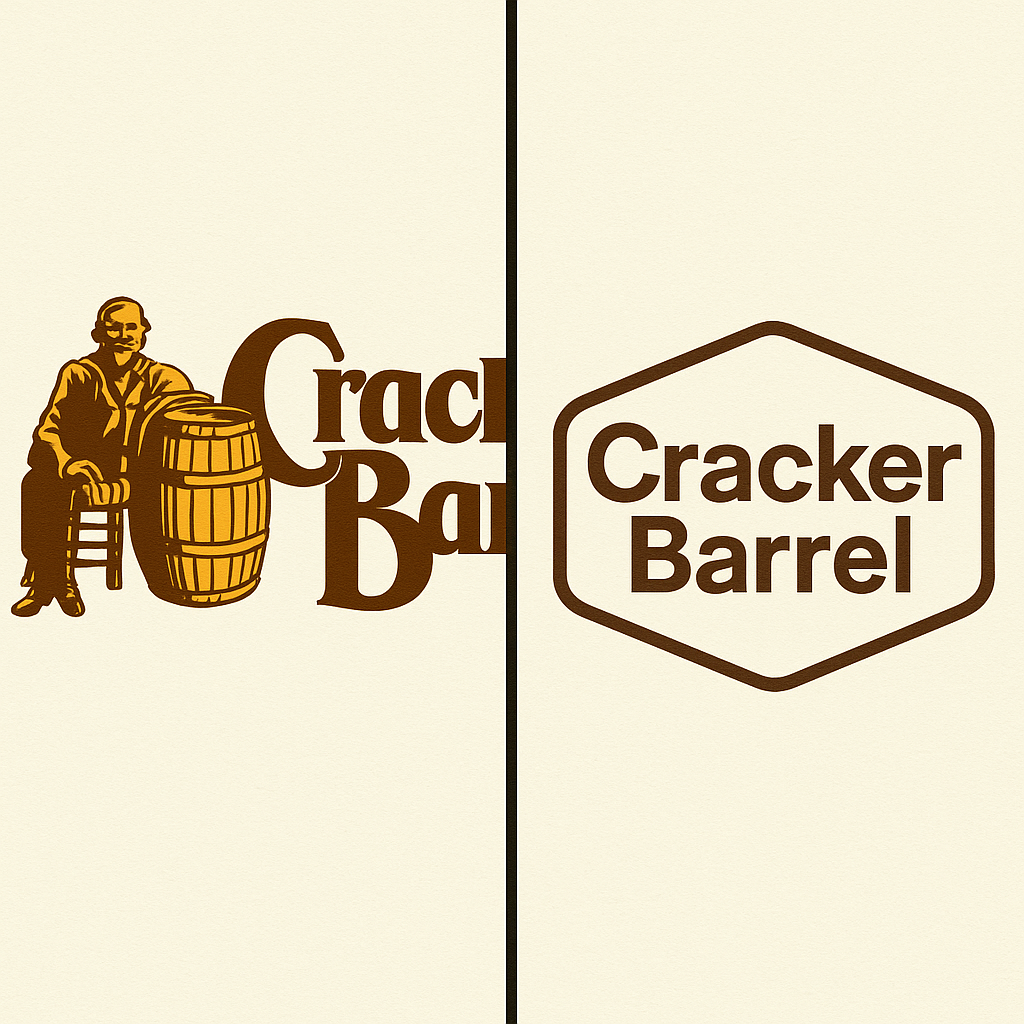In the digital age, securing a great domain name feels like staking a claim to virtual real estate.
When the internet was in its infancy, consumers had very limited options when it came to domain extension names—mainly restricted to traditional top-level domains (TLDs) such as .COM, .NET, and .ORG. These were the standard choices, and even just a few years into the internet’s commercialization—when everyone felt they had to secure a .COM—finding the perfect domain was already a challenge. Short, easy-to-spell names without tricky double letters like “ll” or “ee” were quickly claimed, making the hunt for an ideal domain increasingly difficult.
Over time, as demand grew and the digital space became more crowded, the availability of ideal domain names under these classic TLDs became even more scarce.
It’s common for businesses, entrepreneurs, and organizations to buy not just one, but multiple domains. These include variations of their primary URL—different extensions like .net, .org, .info, hyphenated versions, or common misspellings—with the intention of using them “someday.” Often, these purchases are made defensively: to prevent competitors from acquiring similar names or to hold future branding potential.
Today, the landscape has dramatically changed. There are now over 1,000 domain extensions available to the public, thanks to the expansion of generic top-level domains (gTLDs) by ICANN (Internet Corporation for Assigned Names and Numbers). These newer gTLDs, also known as nTLDs, go beyond the traditional .COM or .ORG and include options like .xyz, .online, .vip, and hundreds more. These extensions allow for more creative branding opportunities, though they also contribute to the growing trend of consumers purchasing multiple domain variations—even when they may not need them.
While this strategy can be prudent in the short term, it often leads to digital clutter and unnecessary annual costs when those domains sit idle. If you haven’t touched a domain within a year—no redirects, no content, no strategy—then it may be time to trim the “digital” fat.
The Logic Behind Buying Multiple Domains
-
Brand Protection: Buying similar domains prevents competitors or copycats from confusing your audience or capitalizing on your name.
-
Future Projects: Some domains are bought with the hope of launching a spin-off, blog, campaign, or microsite at a later time.
-
Market Share Strategy: Others are purchased to redirect alternative keyword-rich domains to the main site, capturing search traffic from multiple fronts.
All valid reasons—if there’s a plan.
The Hidden Cost of Digital Squatting
Domains typically cost between $10 to $50 per year depending on the extension and registrar. Multiply that by 5, 10, or even 20 domain names, and you’re looking at hundreds of dollars annually for assets that deliver zero return.
Worse yet, forgotten domains can clutter your renewal calendar, create account management headaches, or, if they expire unintentionally, pose a risk of being scooped up by third parties—possibly even malicious actors or cybersquatters.
When to Let Go
Here’s a simple litmus test:
If a domain has been sitting unused for 12 months, and there is no immediate plan to launch a site, redirect it, or use it in a measurable marketing effort—it’s time to let it go.
Holding onto a portfolio of idle domains “just in case” may feel strategic, but in reality, it’s often digital procrastination.
A Smarter Alternative
-
Create Redirects: If you own keyword-rich domains or logical variants of your main site, point them to strategic landing pages to support SEO or specific campaigns.
-
Bundle Domains by Purpose: Group them by function—primary site, brand protection, campaign-specific, or parked for future sale.
-
Review Annually: Each year, audit your domain holdings. Keep what supports your goals. Release what doesn’t.
Final Thought
Owning domains is like owning property. If it’s not generating value—through traffic, branding, or leads—then it’s just empty land draining your resources. In the fast-moving digital world, simplicity often wins. Trim the excess, stay focused, and invest only in the domains that actively work for you today and not hopefully for tomorrow—what ends up happening for most, years pass and the costs of registration adds up quickly, where those funds could have gone to endeavors that work for you today.
